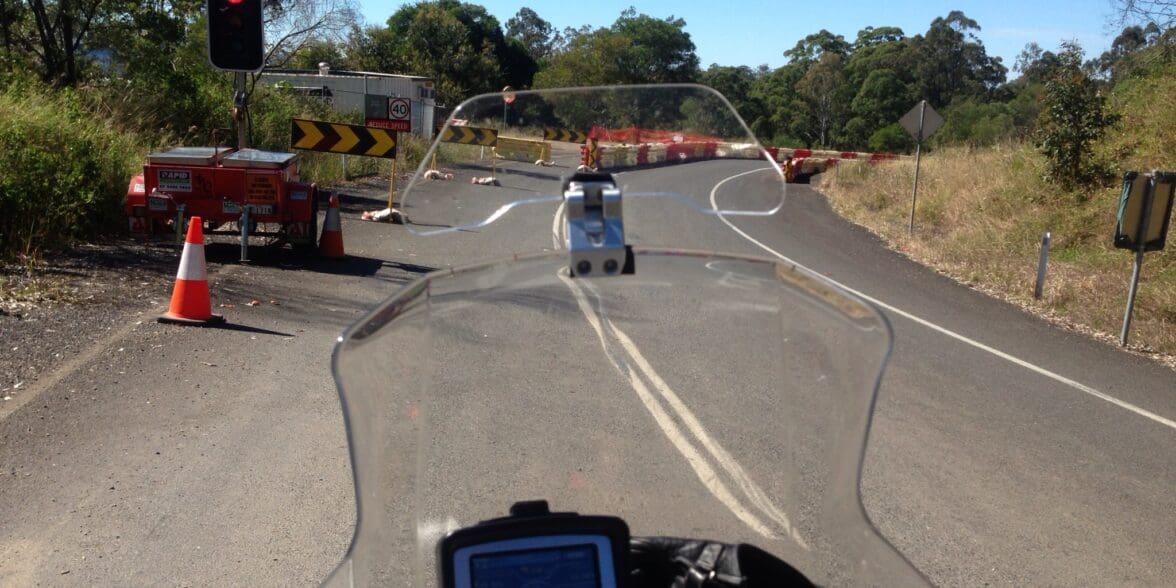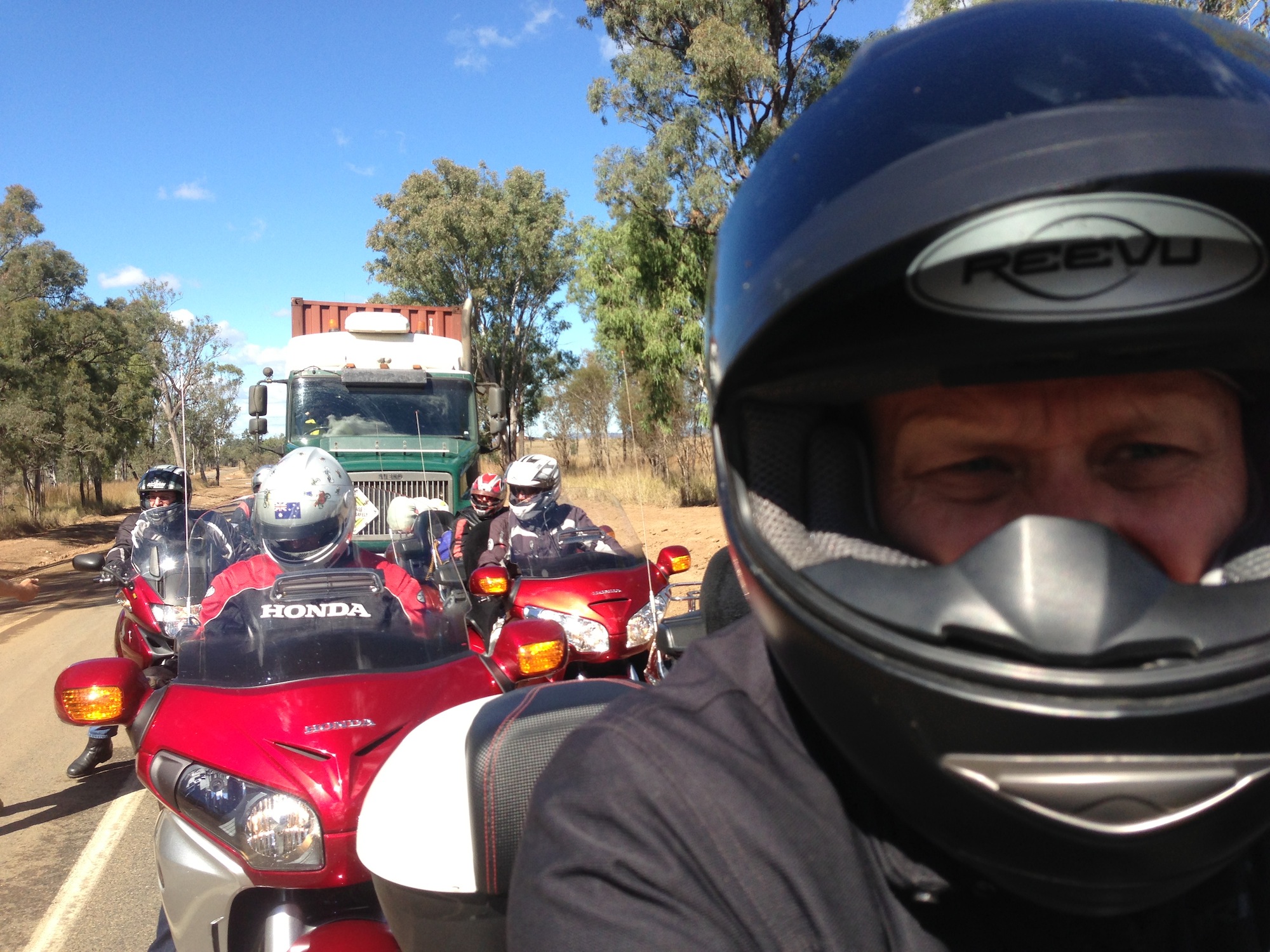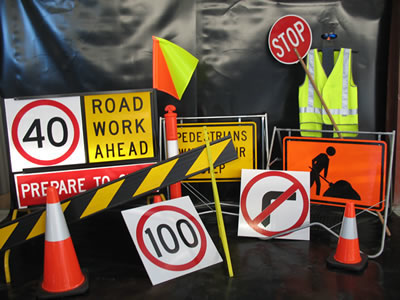With so many roadworks sites around the country, we need to establish some rules of etiquette for their use, apart from just speed.
ETIQUETTE RULE #1
First rule of roadworks etiquette should be that all bikes be allowed to shuffle to the front of the queue.
I’ve done this on many occasions at the ubiquitous remote red light machines or where there is a worker holding a STOP/SLOW sign.
Where there is a worker, they often strike up conversations, mainly talking about the bike I’m riding and telling me useful information about the works, how long they will continue and how long the hold-up will be.
It’s all very friendly and I’ve never had a motorist honk or make rude gestures. Most seem to know bikes accelerate quickly and I’ll be out of their way as soon as the traffic moves again.
On only one occasion did the STOP/SLOW worker get upset with me shuffling to the front of the queue. I graciously informed “Mr Hitler” with the sign that I would be out of the way of the queue of trucks and cars as soon as he turned his sign around. He argued, but he then got the message to turn the sign and I proved my point by quickly getting out of his sight (at the posted speed, of course).
Also, you don’t want to be exposed at the back of the queue in case the next driver hasn’t seen the signs and rear-ends you!
ETIQUETTE RULE #2
Etiquette rule number two should be that trucks and caravans, or any vehicle that is towing, should pull over 100m before the sign and allow all other vehicles to get in front.
This would ensure vehicles are not held up by slow-moving vehicles trying to return to the posted regular speed after the roadworks zone has ended.
One of the most frustrating things about roadworks is not the work site, but the long procession of vehicles following trucks out of the work site.
Motorists get frustrated by slow-moving trucks and try stupid overtaking manoeuvres.
It is a matter of safety that heavy vehicles and those towing should be made to pull over and allow other vehicles to pass or display some courtesy and pull over after the roadworks site to allow vehicles past.
ETIQUETTE RULE #3
The third rule of roadworks should be that slow-down speed signs and warnings about queueing traffic and possible delays shouldn’t be so far in advance of the actual work site.
This is actually a government requirement and it’s so over-proscriptive in an attempt to protect the lives of the workers, it actually has the opposite effect of endangering workers.
Instead of slowing the traffic, what happens is this: You see the roadworks and reduced speed signs far in advance of the works site and the traffic slows. But then motorists start to think that the works have finished or been closed down because there is no sign of roadworks ahead, so the traffic starts accelerating again. And that’s about the time you actually hit the roadworks!
The result is you are now going too fast or everyone suddenly hits the brakes. Either result is dangerous for road users and workers.
I don’t agree with speeding through roadworks, but I do believe we shouldn’t slow down too far in advance.
I recently slowed down to the required 40km/h and had several vehicles pressing on my rear wheel that I simply had to speed up again.
That’s dangerous for riders and dangerous for the road workers.




